| |
|
|
| |
An endangered species.
Thu 15th May, 2014
|
|
|
|
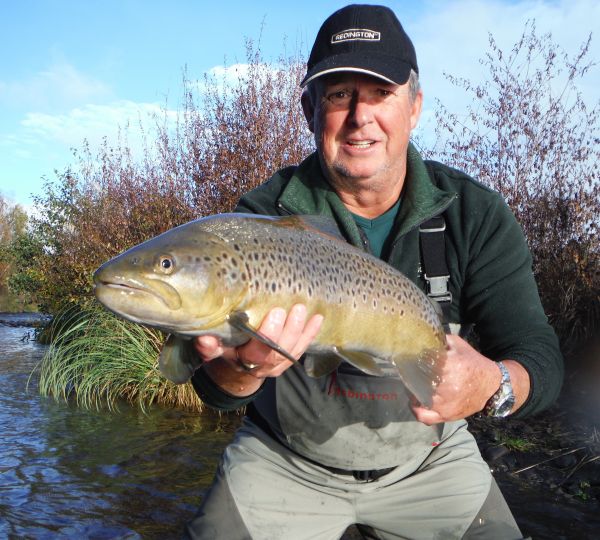
Fly fishermen seem to have become an endangered species on the Tongariro ... I guess a lot of anglers are waiting for that first big run. But its early days and before that happens we'll probably need a sustained drop in temperature and some volume in the river. At the moment we're stuck in this cycle of sunshine and showers and it will take a bit more than showers to make a difference. However there is wind and some rain on the way ... according to the forecast!
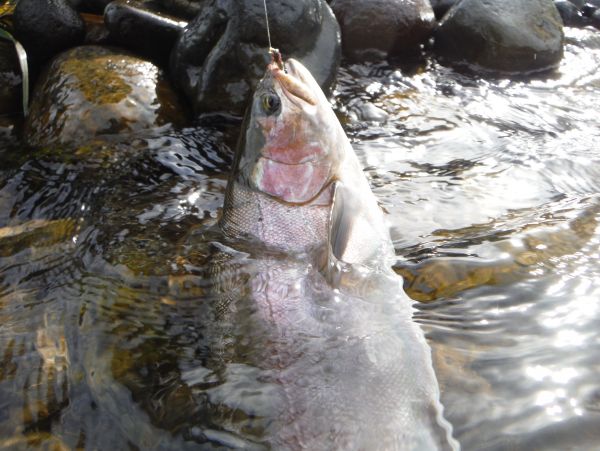 Despite this the fishing hasn't been too bad. Not many silver fish around over the last couple of days but enough "resident" trout to keep things interesting ... more on them next time. Despite this the fishing hasn't been too bad. Not many silver fish around over the last couple of days but enough "resident" trout to keep things interesting ... more on them next time.
I quite like fishing the Tongariro in autumn ... whatever it chucks up... stunning colors ... very little angling pressure ... and its a great time to bag yourself a brown.
Glenn Goode runs Bay Marine in Tauranga and always looks forward to some down time on the river. I fished with Glenn again yesterday and he landed that brown within the first hour.
It was certainly a very pleasant session and we just took our time often switching methods to target fish in shallow water as we went. 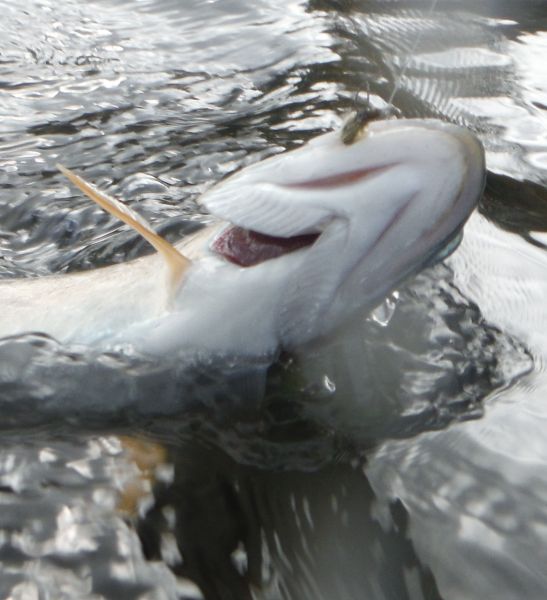
In one particular stretch we spotted several good fish but the majority of them were pretty spooked and I have a feeling that we'd been beaten to it by the only other angler we saw all day.
Still no shortage of juvenile trout in the river and with no sign of a fresh these little guys haven't had their usual helping hand back to the lake.
In a wild, self sustaining fishery in order to have big fish ... you have to have small fish first.
Unfortunately the longer they're in the river then the more chance there is they'll get caught and possibly damaged.
When you hook one ... and you will ... handle it with care ... or better still don't handle it at all.
Most of the time its easy enough to flick the fly out of its mouth with your forceps while the fish is still in the water. And if you've flattened the barb beforehand so much the better.
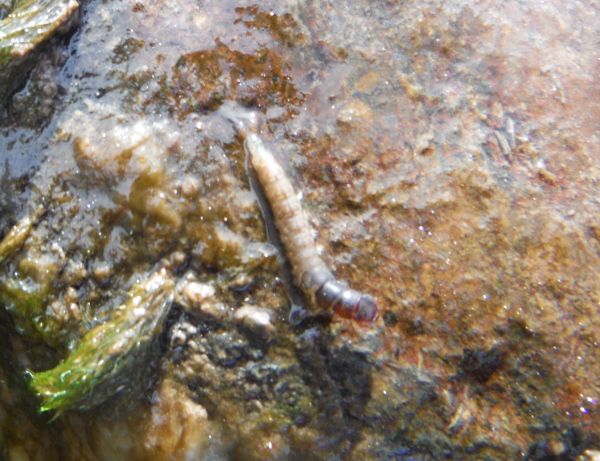 . .
I'm no entomologist but when I'm fishing I always take an interest in whats happening around me, both above and below the surface. I'll often turn over a rock or two to see whats around and as the seasons pass by you'll begin to notice the same patterns of insect activity repeat themselves year in year out.
Its not unusual in late autumn to find less nymphs and caddis larvae in the river and many that are there will be quite small.
The bulk of aquatic insect emergence occurs during the warmer months of spring, summer and early autumn. This is when mature nymphs become adult insects and the cycle begins again. So as we head towards winter for a little while at least there are fewer nymphs and larvae around until most of the newer eggs have hatched.
During winter, insect activity slows considerably above water but there's plenty going on below the surface as a whole new brood of mayfly and caddis larvae begin to colonize the river-bed. So whether you're fishing caddis or mayfly at the moment it can pay to drop down a hook size or two to replicate this.
Summer is a very long way away for us but I came across this British video clip the other day.
Fabulous photography but I think there may have been some editorial prerogative used in the sequence when the first trout shoots off to intercept the emerging mayfly nymph. Any trout that used up that amount of energy every time it ate a nymph would never have to worry about its waistline.
It was taken from a six-part documentary series made by the BBC Natural History Unit and first aired in October 1999.
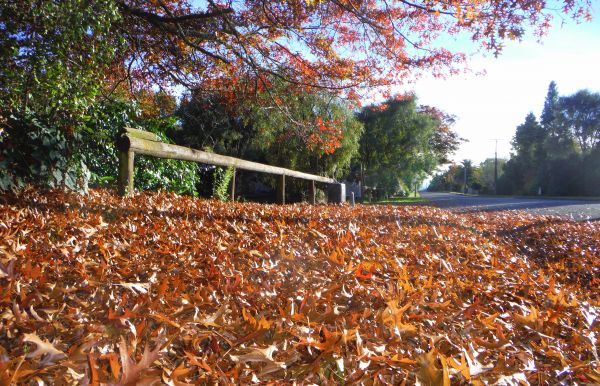
On our travels Glenn and I stopped off at the Braids for an hour.
Its already a few years since the machines rolled in and ruined the place but a lot of anglers still miss it and I must admit we had a little bit of a reminisce as we walked past some of the old hot-spots.
All our talk of gravel extraction and the clanking of heavy machinery working on the retaining wall just upriver reminded me of a little story in Keith Drapers 1978 book "Angling in New Zealand".
The author was relating the tale to demonstrate the importance of patience when fishing.
Reading it you can understand why anglers who were fishing the Tongariro back then refer to it as the good ole days.
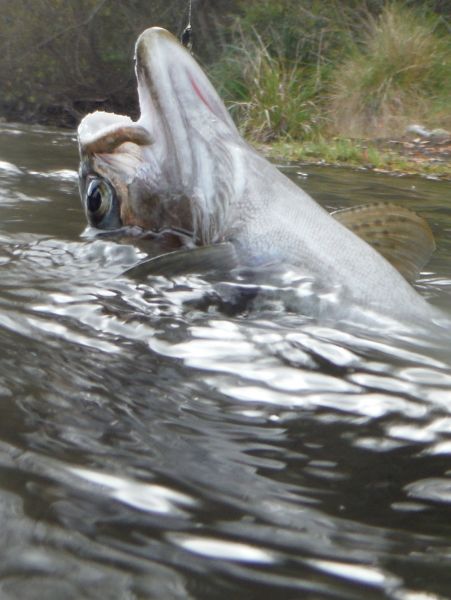
" Ten minutes in a pool without a strike doesn't mean there is nothing in it. There could be a hundred trout lying deep in the lie and the next cast might be just the very one that tries a fish's patience to breaking point.
To illustrate this, I was told by the late Mr Stan Collier of Palmerston North, of a morning on the lower Tongariro.
Several rods had fished one of the lower pools all morning without success. Everyone was sure there was nothing in the river.
Then the bulldozers arrived to change the course of the river for shingle extraction operations.
Wildlife officers were on hand to shift any stranded trout and when the operation was complete nearly six hundred were removed from a pool that had been considered fish-less."
Anybody got a bull-dozer!
Tight lines guys
Mike |
|
|
| Back to Top |
|
|
|
|
|
|
|